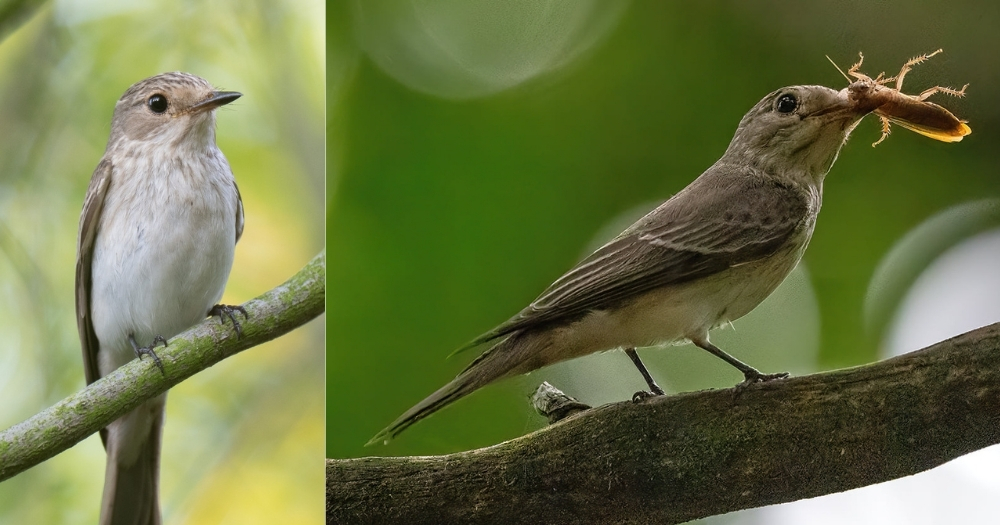Follow us on Telegram for the latest updates: https://t.me/mothershipsg
The Singapore bird community has been set abuzz lately with the sighting of one migratory bird — the Spotted flycatcher.
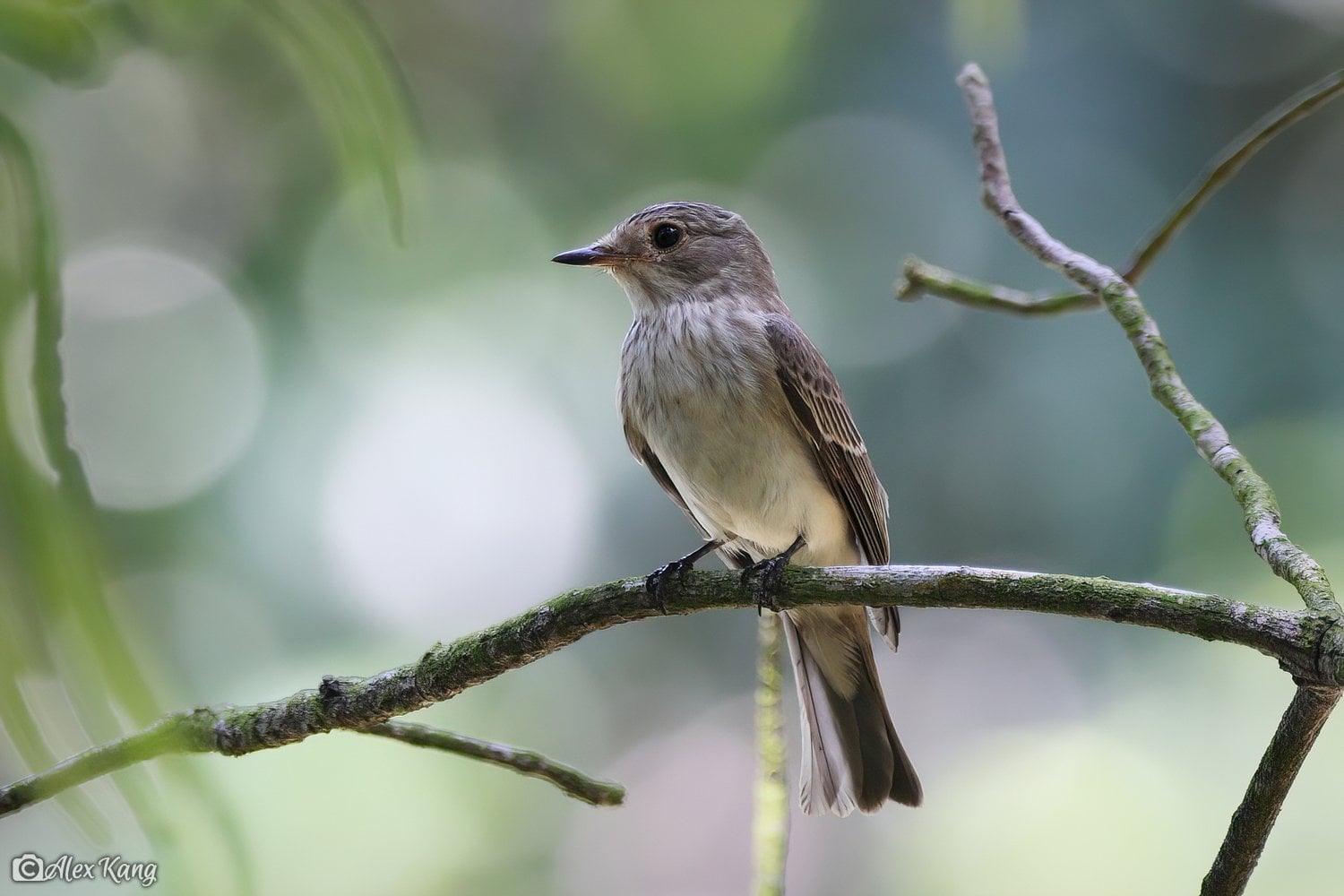 Photo courtesy of Alex Kang.
Photo courtesy of Alex Kang.
First record in Singapore
Spotted flycatchers are native to the Palearctic region, from Western Europe to North Mongolia.
The birds breed in the taiga (swampy coniferous forests of high northern latitudes) of Russia and Mongolia, west to Europe, and south to the mountains of Central Asia, according to Yong Ding Li, BirdLife’s regional coordinator for migratory bird conservation in Asia.
Spotted flycatchers typically migrate from northern Asia to Africa, via the Middle East and western India.
You don't have to be proficient at geography to realise that Singapore is not remotely near to any of the species' usual wintering grounds.
That makes the sighting of a Spotted flycatcher in Singapore a wonder.
Initially thought to be an usual visitor
The first bird enthusiast in Singapore who noticed this bird is Alex Kang, who told Mothership that he "stumbled" upon the bird on his monthly visit to Kent Ridge Park at around 12:35 pm on Oct. 15.
He initially thought that it was an Asian brown flycatcher, a migratory bird that can be found commonly in Singapore during the migratory bird season from August to April.
True to its name, the Asian brown flycatchers are native to Asia, unlike its European cousin, the Spotted flycatcher.
With a brown body and white breast, both species are rather similar in appearance, save for some minute details that are easy to miss.
Kang, however, noticed that the bird he sighted had additional streaks on its crown and chest, along with a lower beak that has more black than orange, and was later able to identify the bird correctly as the Spotted flycatcher with the help of the birding community.
Kang added that the bird he sighted "seemed a bit longer" almost as if the bird has been "stretched", unlike the other flycatchers that he has encountered in the past.
 Spotted flycatcher on the left vs Asian brown flycatcher on the right. Image courtesy of Francis Yap and by Martin Kennewell from eBird website.
Spotted flycatcher on the left vs Asian brown flycatcher on the right. Image courtesy of Francis Yap and by Martin Kennewell from eBird website.
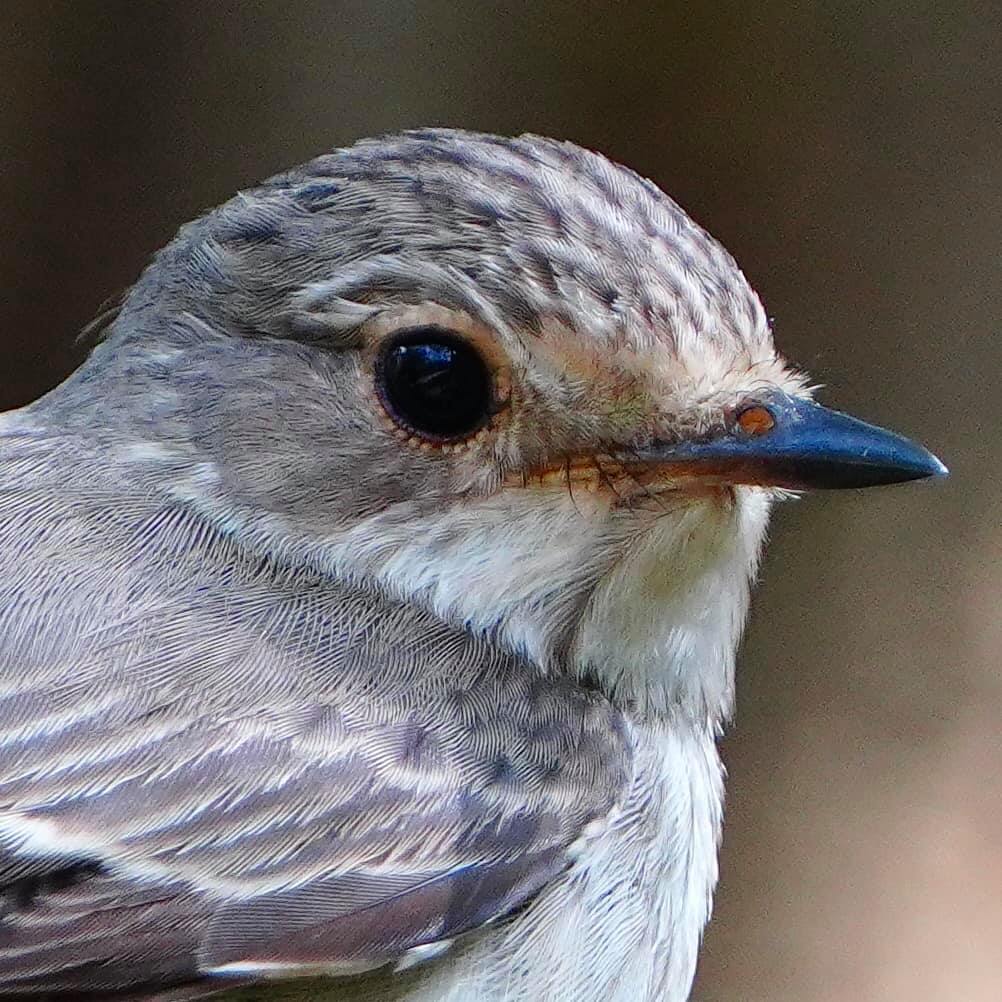 Spotted flycatcher's crown. Image from Jackie Yeo/Facebook.
Spotted flycatcher's crown. Image from Jackie Yeo/Facebook.
Kang remarked that the spotted flycatcher is "very rarely seen in this part of the world", and the sighting has even been dubbed as a "mega sighting" by a veteran birder.
This is the first ever record of a Spotted flycatcher seen in Singapore, and many fellow birders have congratulated Kang on his finding.
Kang himself is still somewhat in a state of disbelief, and disclosed that it was "remarkable, surprising, and inexplicable" that a fairly inexperienced birder of 13 months like him could have a golden opportunity like this just presented to him "like a gift".
"As I still consider myself a fairly inexperienced birder, I found it a little incredulous that I should be the only one to have spotted this rare bird, especially if it might have arrived for many days prior to me seeing it. It wasn't even deep in a forest or some hidden place but perched openly and hunting in a public park close to an exercise area, quite visible to anyone visiting that area."
Despite having only started birding fairly recently, Kang has photographed over 200 species of birds so far.
This sighting was "really something very special and a first of its kind", Kang said. He added that he felt "blessed, grateful, and thankful to have been given [the] privilege to spot [the] bird first".
He was also glad to be able to give back to and share this with other fellow local birders, many of whom Kang said have aided him in his budding birding hobby.
How did the bird make its way to Singapore?
So how did a bird from all the way up north wind up down south in Singapore?
This has sparked discussion within the local birding community and, according to those who chimed in, there are two possible reasons:
Hitched a ride?
One commenter suggested that the Spotted flycatcher might have found itself on a ship, and unknowingly hitched a ride over to Singapore.
 Image screenshot from Facebook.
Image screenshot from Facebook.
In response, another commenter echoed that it is "difficult to completely rule out" this possibility.
Such occurrence is not new, as a mynah bird once boarded a Singapore Airlines flight from Singapore to London.
With just the open ocean beneath them, birds may rest on ships along their migratory paths, or flyways.
Once rested, or when they have waited out the harsh weather, most of these transoceanic migratory birds do fly off to continue their journeys.
Flew off-course?
The bird is also speculated to have gone off course.
While Singapore is certainly a long way away from Africa, this is not the first time migratory birds have gone off course and made a surprise appearance here on our island.
Take for instance, the Amur falcon. It is a small raptor and migratory bird that also winters in Africa, but the bird was spotted in Singapore thrice during the migratory bird season, as pointed out by a veteran birder, Francis Yap.
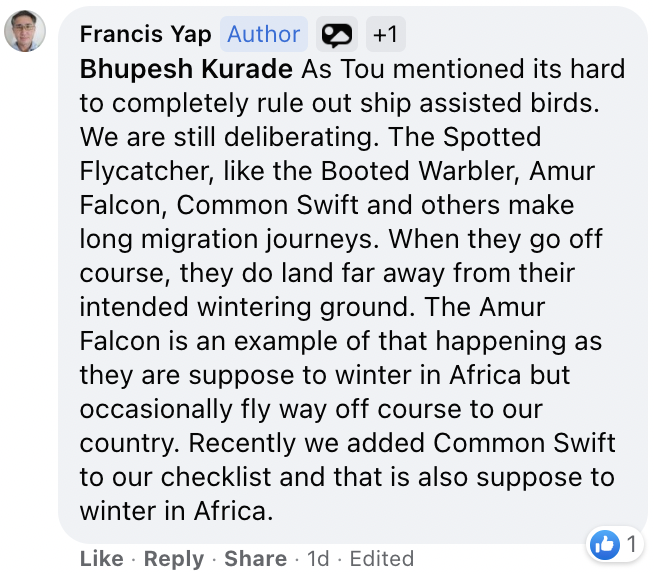 Image screenshot from Facebook.
Image screenshot from Facebook.
Birds that go off course are called vagrants.
These vagrants could be young and juvenile birds that simply lack the navigational experience, resulting to their misdirection.
With nothing more than a general direction to guide these budding birds, once off course, these birds continue in that same misguided path whilst remaining unaware that are flying further and further from their intended destination.
Alternatively, vagrants could simply be blown off course when their flight path goes against strong headwinds.
In such scenarios, it makes more sense for the bird to fly in the opposite direction of their migration route, instead of depleting their energy while trying to stay true to course.
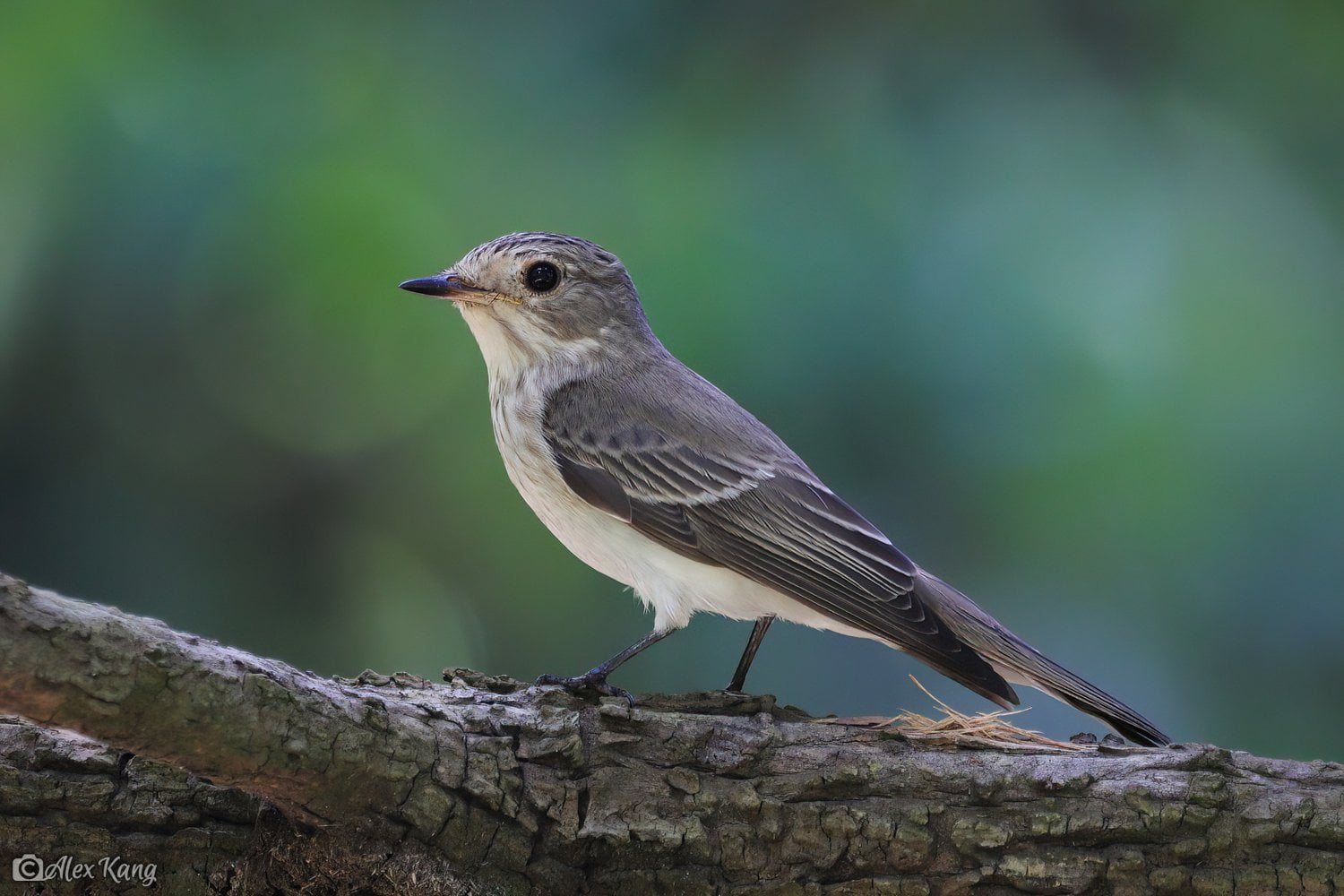 Photo courtesy of Alex Kang.
Photo courtesy of Alex Kang.
Besides inexperience and weather, another plausible reason could be a fault in the bird's genetical programming, where the vagrant travels the same distance, but in the wrong direction such as turning right instead of left.
Such scenario tends to happen for species that exists in great numbers.
Yong also reckons that the genetic programming of this Spotted flycatcher could have gone wrong.
Speaking to Mothership, Yong explained:
"Birds are known to make navigational errors on their migration, and this often explain why a bird from a totally different part of the world, show up at a place where it is not supposed to turn up. The migration of many small passerine birds like this flycatcher is genetically programmed, but sometimes, this ‘programming’ goes wrong and the birds migrate in the wrong direction, and resulting it in ending up here in Singapore."
Additionally, migration routes and patterns can change from time to time, according to environmental conditions and the abundance of food.
However, the sighting of one individual is insufficient to show that the birds have adopted an altered migration route.
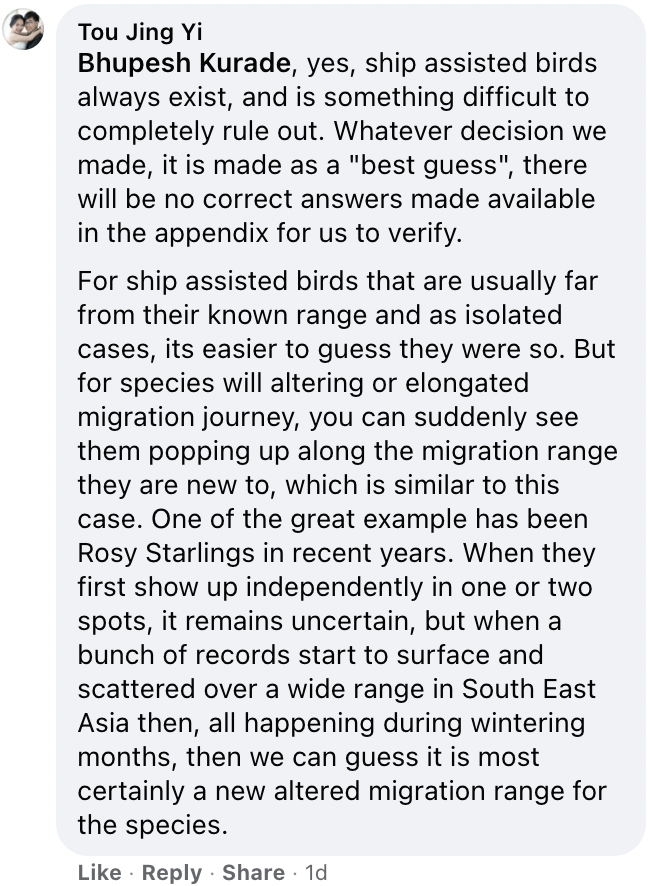 Image screenshot from Facebook.
Image screenshot from Facebook.
According to the Singapore Birds Project Records Committee, the sole Spotted flycatcher is likely a "genuine vagrant" that has wound up on our shores unintentionally.
Yap told Mothership that the team of bird experts is gathering more information about this species, including its Malay and Chinese names, and will update the the page accordingly so that local bird enthusiasts can understand the species better.
Second sighting in Southeast Asia
Yong who told Mothership that he is very familiar with the Spotted flycatcher was also surprised to learn of its appearance in Singapore.
He added that he has seen this species of avians "lots of time during the migratory season in Dubai, Tashkent and Tehran".
This is only the second sighting of a Spotted flycatcher in Southeast Asia, Yong added.
According to Yong, one was sighted in the northern part of the Philippines earlier this year, and that was a first in the Philippines.
There were a few other records in eastern Asia, the species was sighted once in Taiwan and Yunnan, China respectively, and twice in Japan.
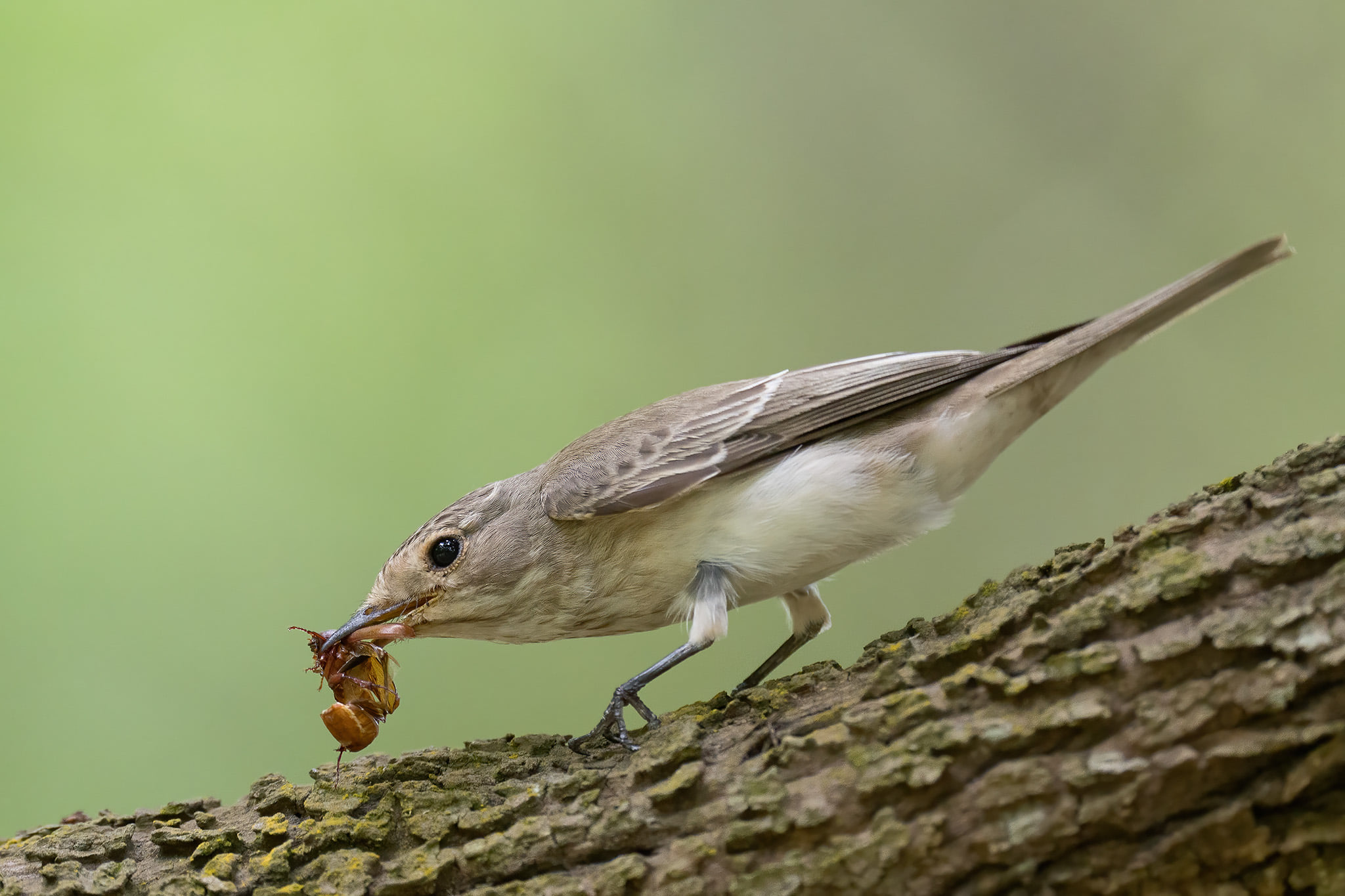 Image from Francis Yap/Facebook.
Image from Francis Yap/Facebook.
More about the Spotted flycatcher
Spotted flycatchers, or Muscicapa striata, lay eggs in clutches of two to seven eggs during the breeding season from May to mid-August.
Having an "extremely large range" and an "extremely large" population, despite a decreasing trend, the Spotted flycatchers are classified as "Least Concern" under the International Union for Conversation of Nature Red List of Threatened Species.
An insectivore, the Spotted flycatcher feeds mainly on flying insects, which include cockroaches if you are wondering.
Small but agile, they dart out from their perch on a branch to catch an insect in flight before returning to perch on the same, or another branch.
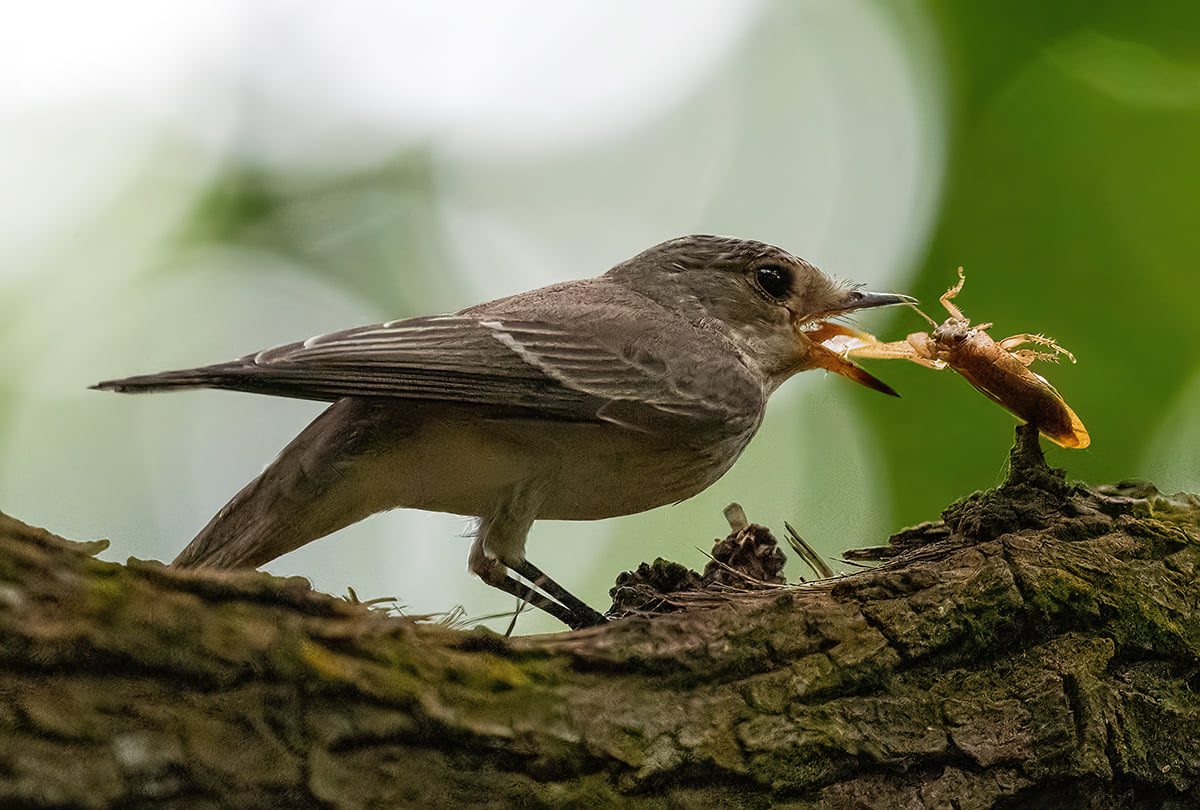 Image from Andrew Hunt/Facebook.
Image from Andrew Hunt/Facebook.
Adult spotted flycatchers can grow up to 14cm in length with a wingspan of between 23 to 25cm.
The Spotted flycatchers have an average lifespan of two years.
Migratory season is here
The annual migratory bird season is here.
Starting in September and lasting until March next year, you can expect to thousands of birds escaping from the winter cold in Singapore.
Singapore is one of the pitstops for birds travelling on two migratory routes, and if you wish to spot these feathery visitors, Sungei Buloh Nature Reserve is a good spot to check out.
Top image courtesy of Andrew Hunt/Facebook and Francis Yap/Facebook
If you like what you read, follow us on Facebook, Instagram, Twitter and Telegram to get the latest updates.
